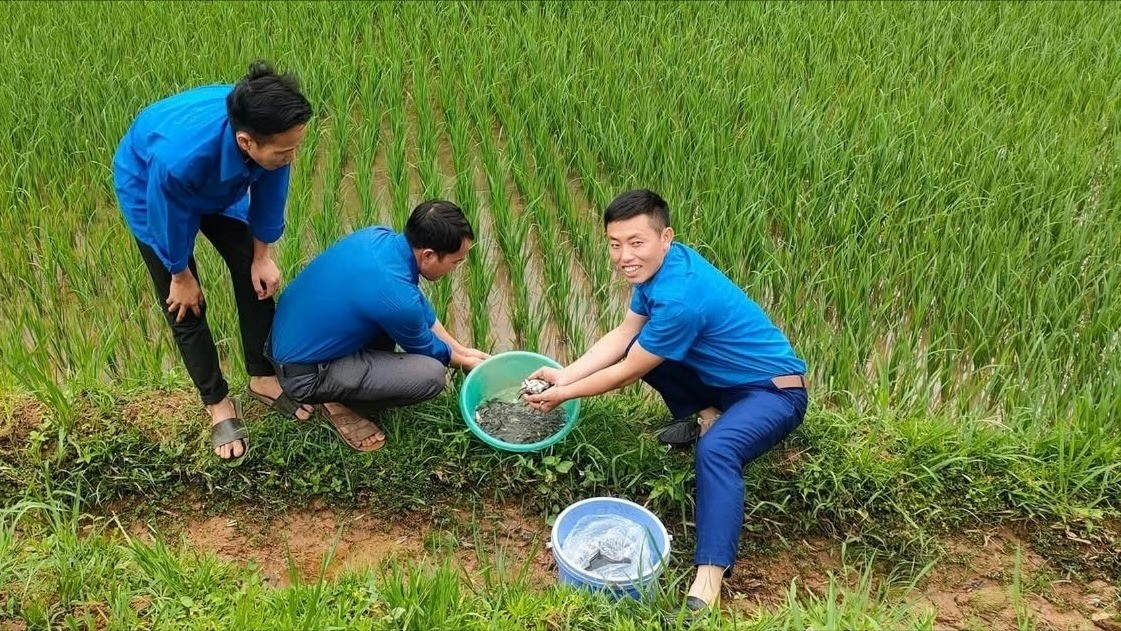
The terrain of the communes in Mu Cang Chai area is often steep, the climate is harsh, the main production is rice cultivation on terraced fields, lacking water surface area to develop fisheries. Therefore, the people here have taken advantage of the terraced terrain to both grow rice and raise carp. From the original purpose of creating a local food source for families in the highlands, the model of raising carp in rice fields has now developed into a commodity.
Mr. Ly A So in Hang Bla Ha B village, Khao Mang commune has 6,000 m2 of rice fields, all of which are cultivated using the symbiotic rice-fish model. The fish raised in the fields must be native carp species, which are well adapted to the highland weather, do not harm the rice, and even support the rice's growth.
Carp will eat algae, rice pests and rice pollen to grow; at the same time, stir up mud and excrete fertilizer to make rice better. Therefore, during the entire cultivation process, Mr. So absolutely does not use chemicals or other harmful substances to give the fish an environment to grow and develop.
Mr. So shared: “Any field that raises carp is guaranteed to be clean rice, without any pesticides or chemicals. Therefore, we have combined fish farming with organic rice cultivation in each crop season. The fish are healthy, the rice is clean, the yield is good, reaching 40-45 quintals/ha, and both fish and rice can be sold at the same time.”
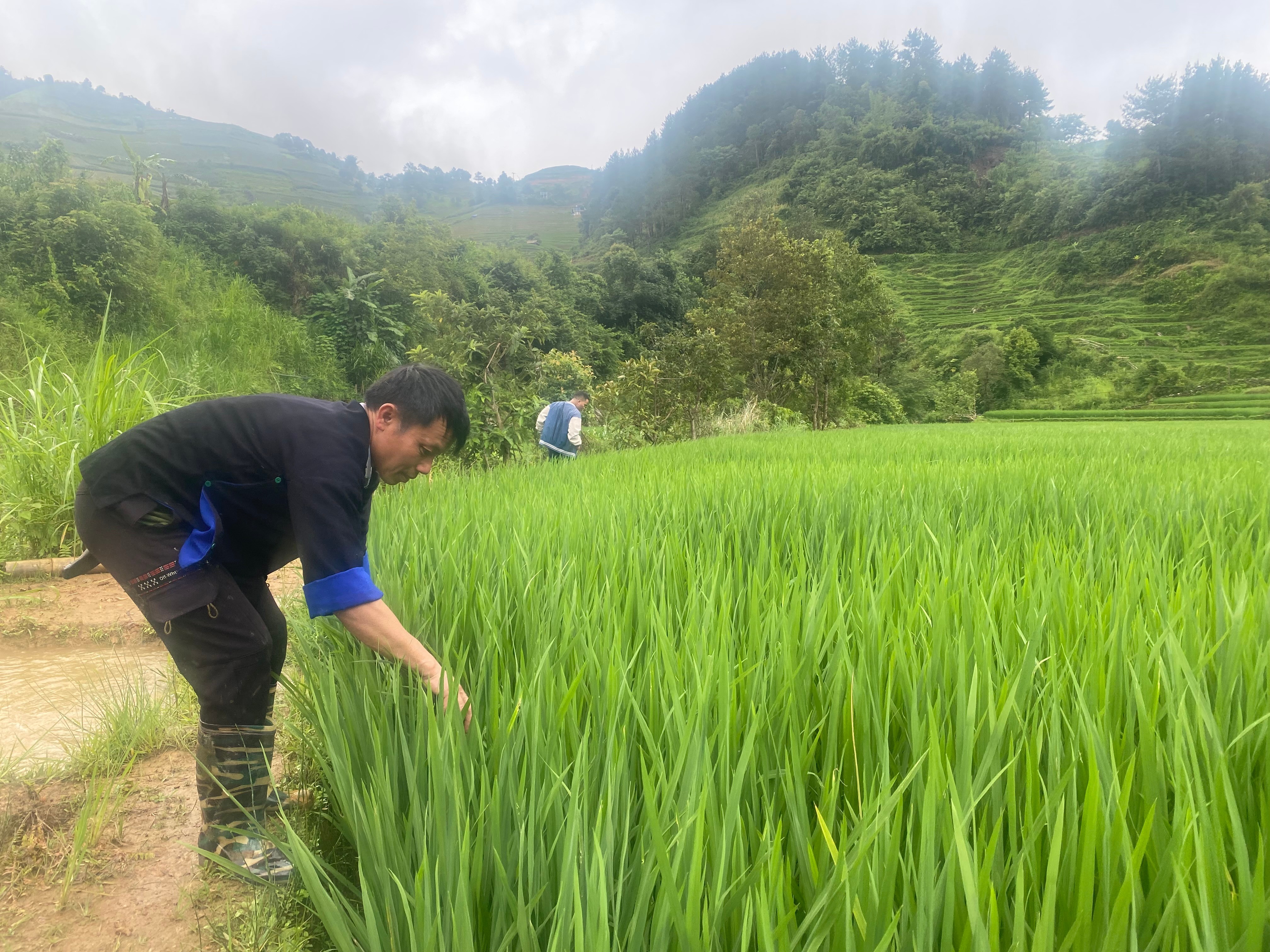
timely handling
According to Mr. So, after releasing the fish, although there is no need for much care, it is necessary to pay attention to draining water into the field to ensure it is maintained at about 20 cm so that the rice plants and fish can grow together; build the field banks higher than usual to prevent fish from being washed down to the fields below when it rains; regularly visit the field to check for some types of water bugs that bite the fish so that they can be handled promptly.
On average, after each crop, Mr. So collects 26 quintals of rice and about 300 kg of carp. With the selling price of 14,000 VND/kg of rice and 120,000 VND/kg of fish, Mr. So earns 72 million VND - a fairly large income for the people here.
The symbiotic effect and economic value of rice-fish farming have been confirmed, therefore, during the harvest season, people raise carp in terraced fields with enough water, both to improve family meals and increase income. Some households also proactively create fish fry to sell to households in need.
Mr. Ho A Cau in Trong Tong village, Mu Cang Chai commune shared: “At the end of March and the beginning of April every year, I will create a small water tank at the source of the water, near the field, then transfer the parent fish, add bundles of dry grass or aquatic plants for the fish to spawn. The 10-day-old fish will be released into the field, raised for about 1 more month, and then sold for 1,000 VND/fish. This year, I sold 5 million VND worth of fish, and the remaining 800 fish are for commercial farming.”
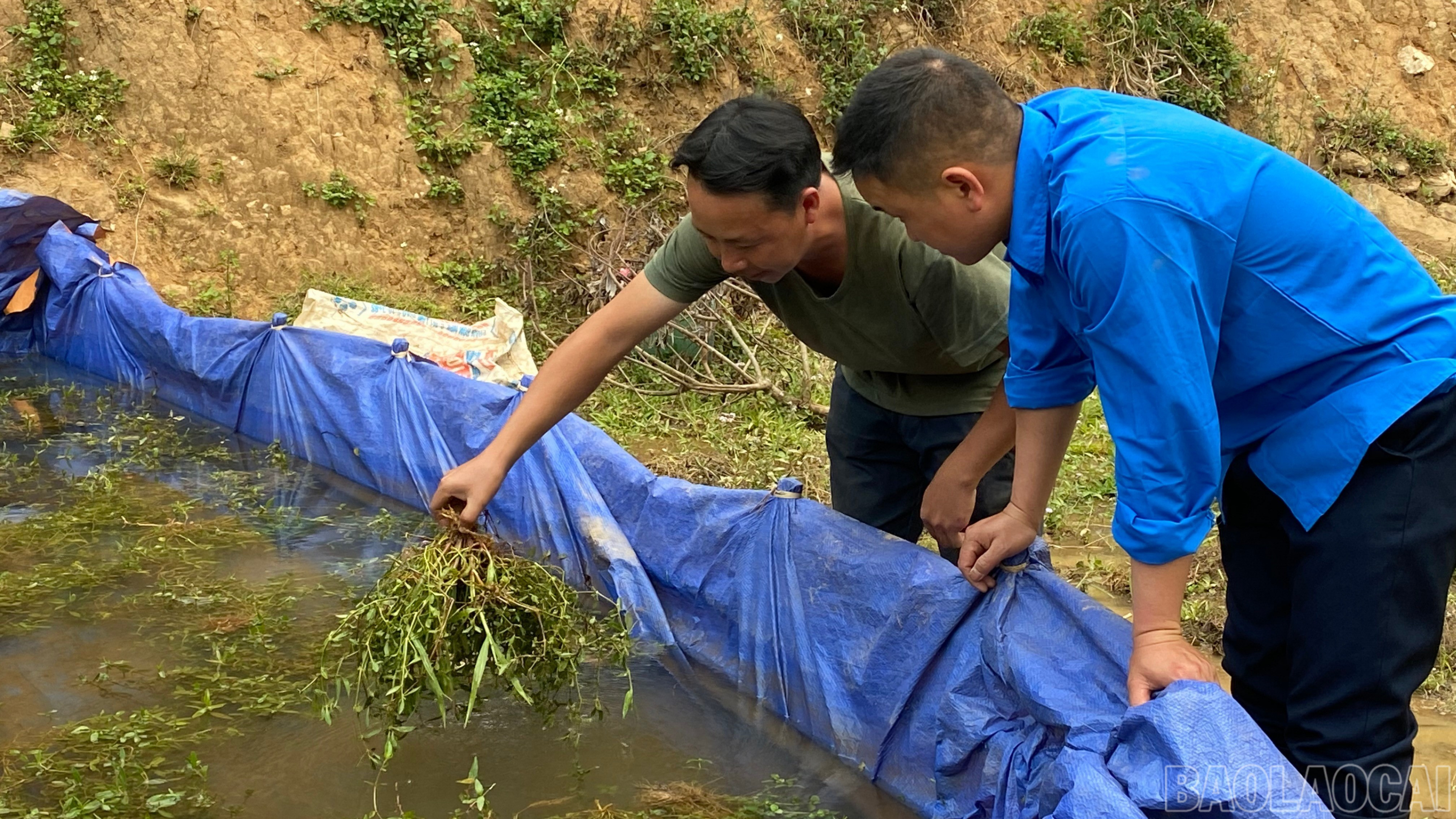
Carp raised on terraced fields have a growth period of 3 months. About 15 days before harvesting the rice, the locals will drain the water to catch the fish, helping the rice plants concentrate nutrients and ripen evenly; at the same time, keeping the rice fields dry for a smooth harvest.
In particular, the time to harvest carp coincides with the rice-ripening tourism season, which has contributed to making this rustic dish of the ethnic people a sought-after specialty.
“The field fish only weighs 1.5 - 2 taels, but when fried, the meat is sweet, fatty and firm. Therefore, during the harvest season, before the fish can be brought to the market, it is already sold out. Locals, tourists and restaurants all love this fish!”
After 2 more months, the people here will be able to harvest both rice and fish. On average, each hectare of rice cultivated using the symbiotic rice-fish method will bring an additional income of about 60 million VND/ha.
Obviously, the "symbiotic fish - rice" farming method applied by Su, Cau or the people in the highlands of Lao Cai province is moving towards an agriculture with a strong traditional mindset associated with environmental protection, taking added value as the goal that needs to be preserved, promoted and replicated.
Source: https://baolaocai.vn/ca-lua-cong-sinh-nhan-doi-gia-tri-post649583.html


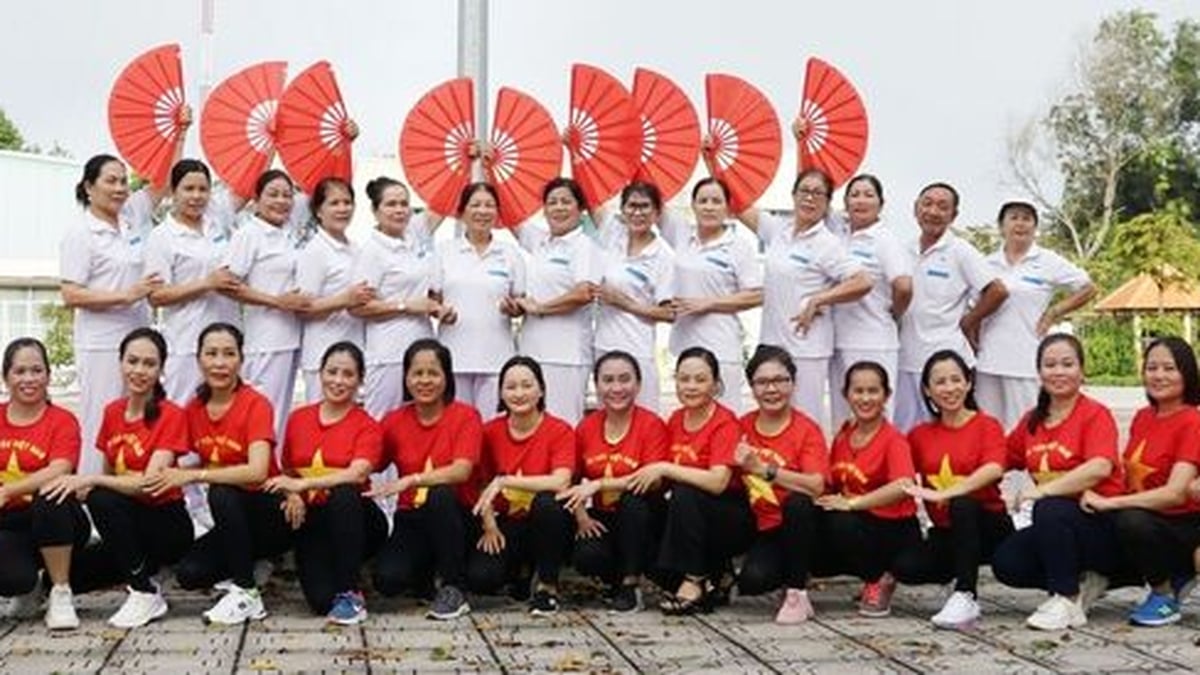
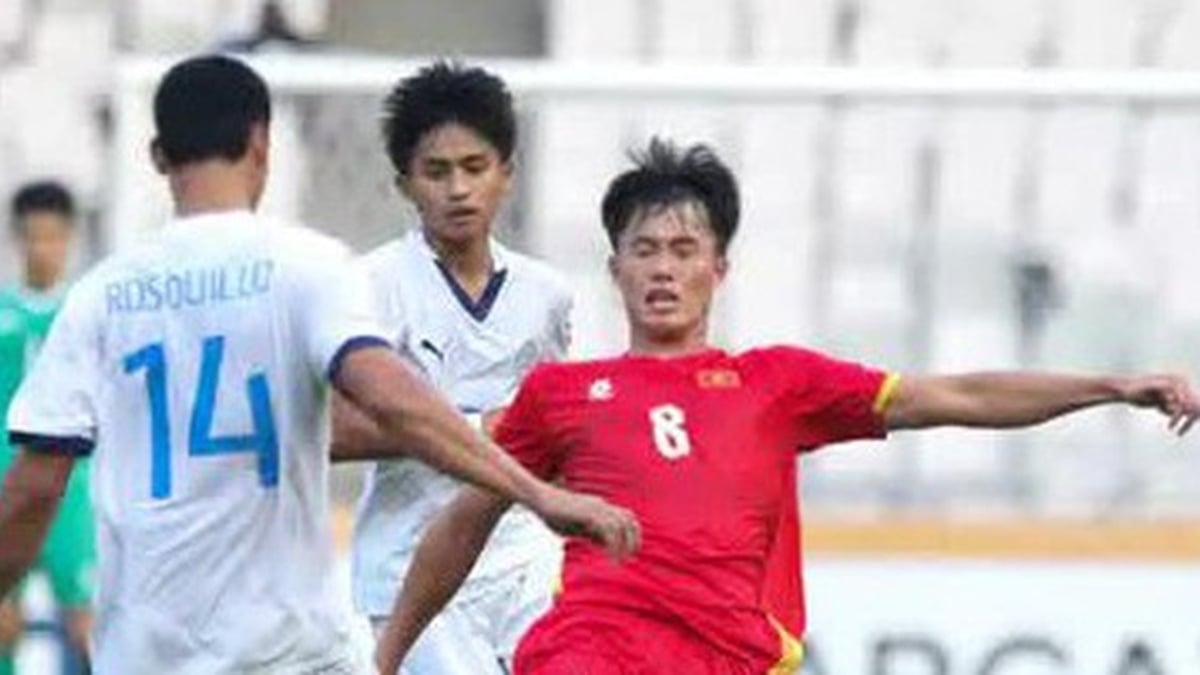
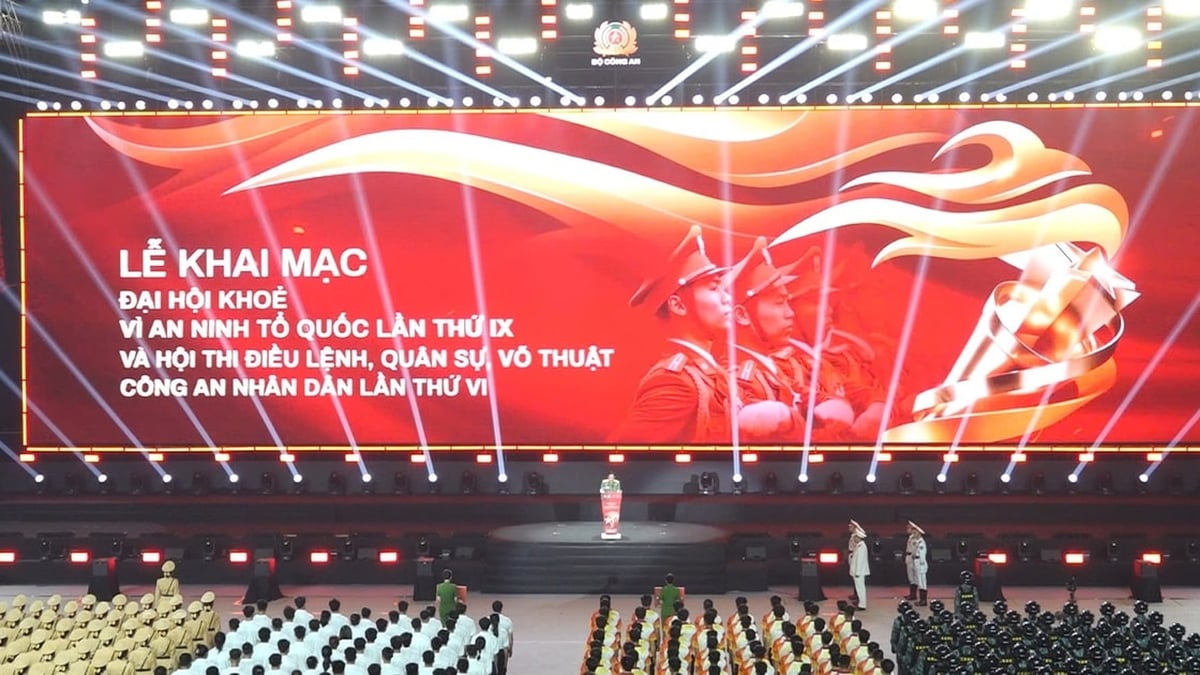

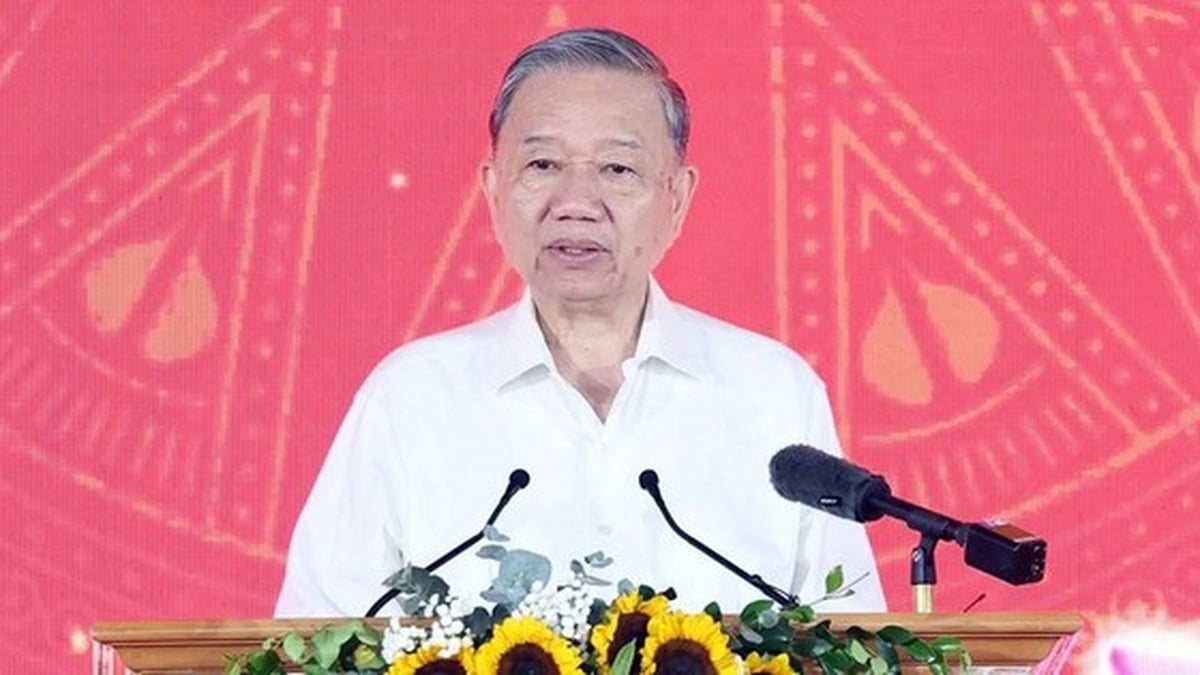
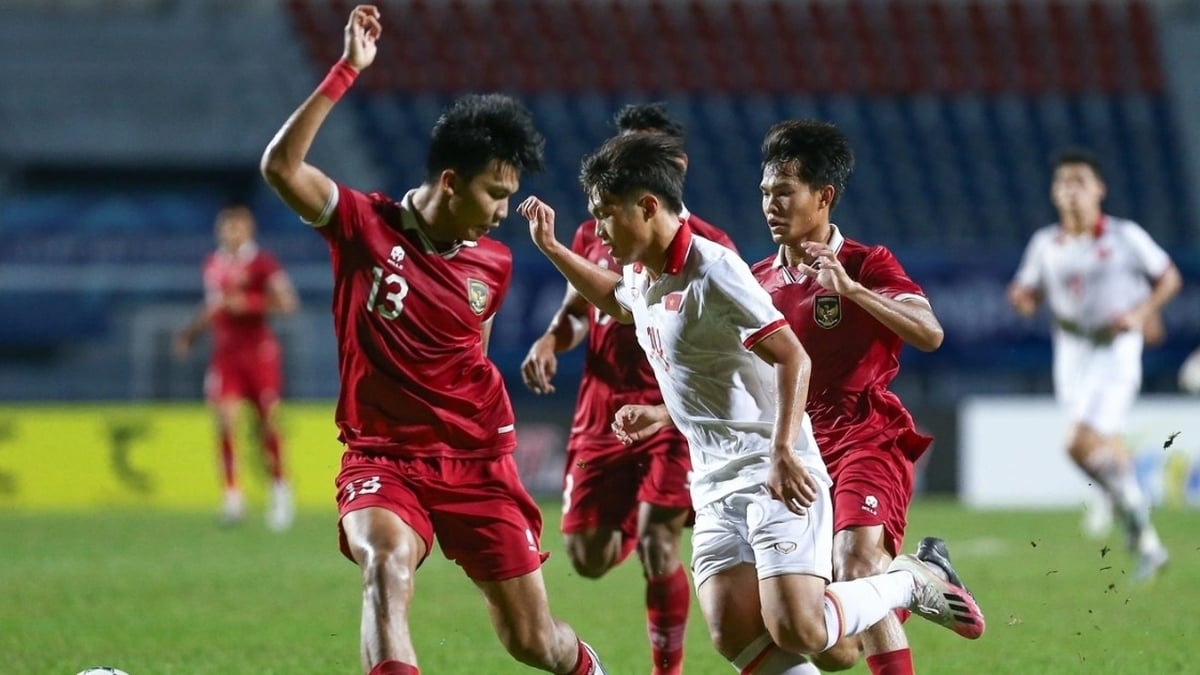
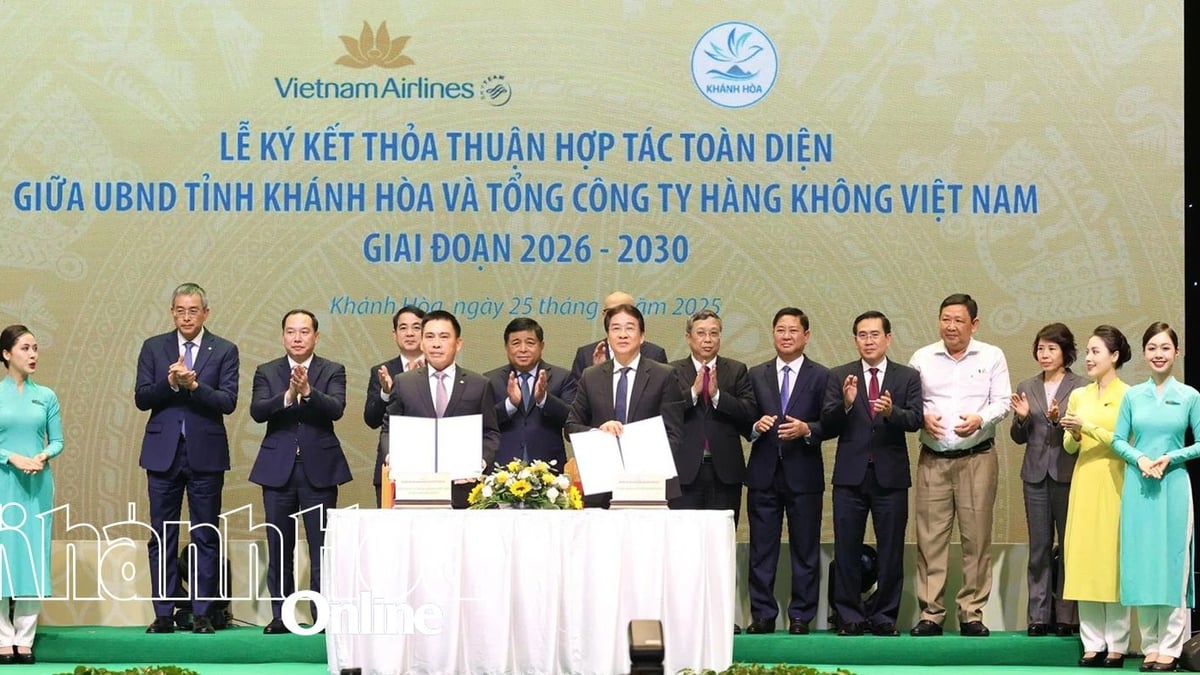
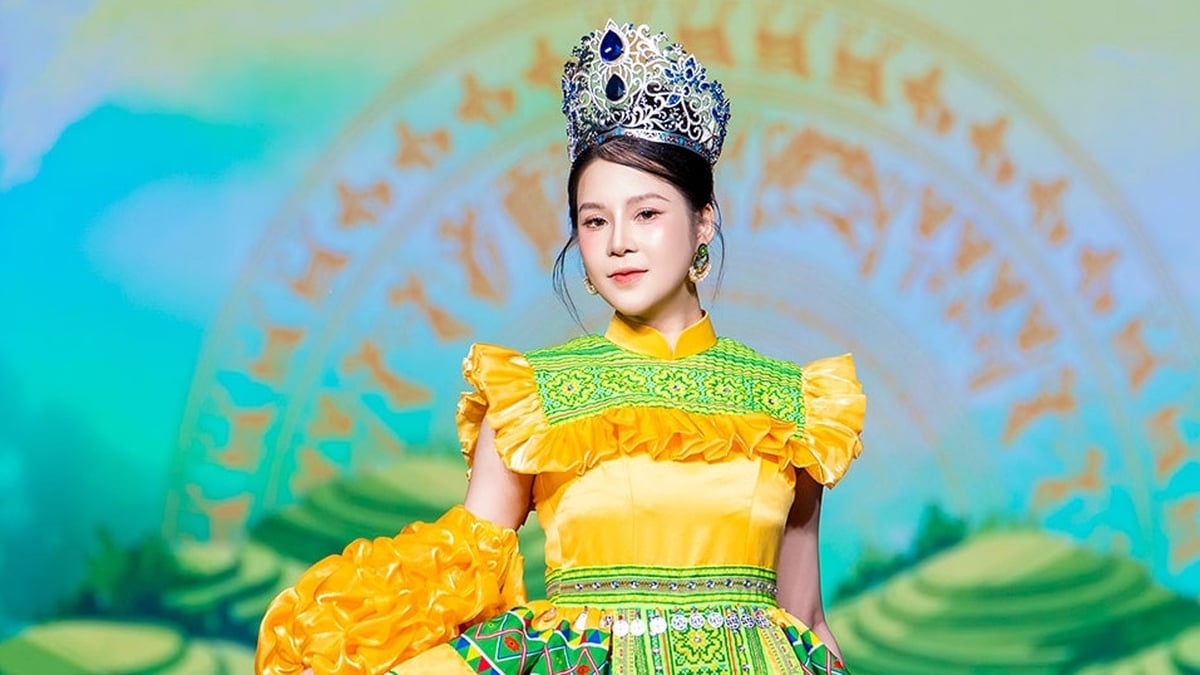
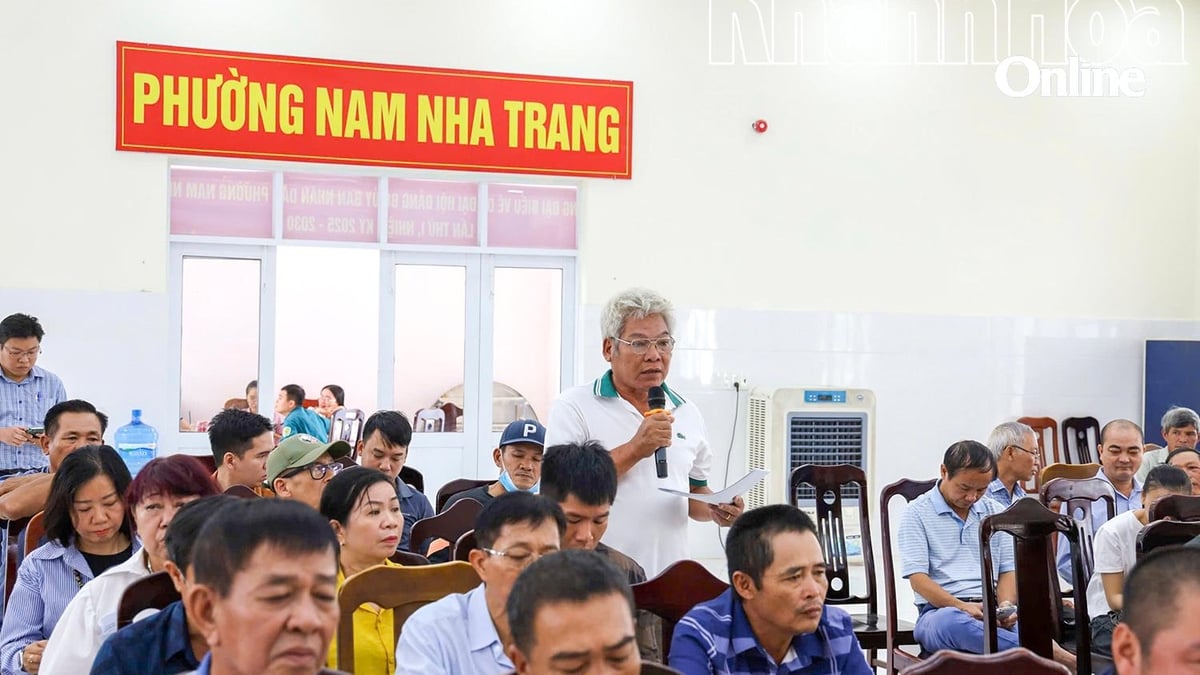
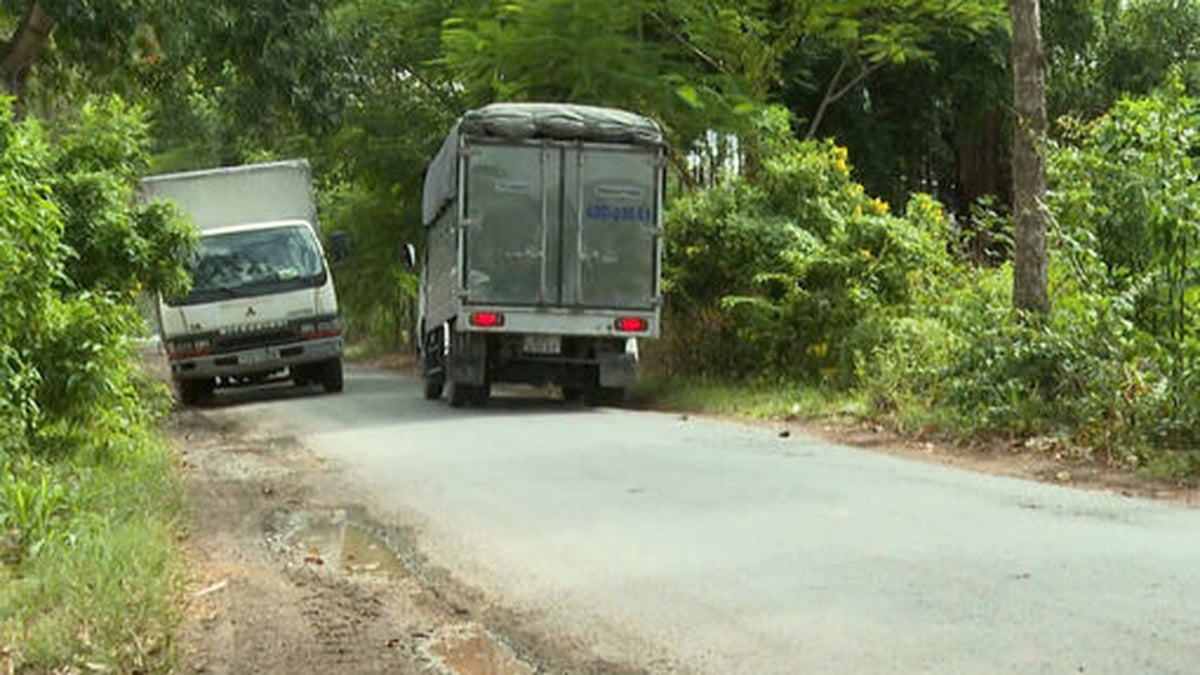





























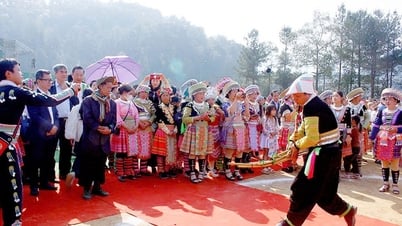

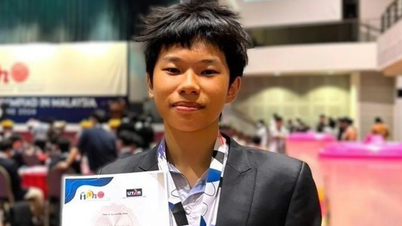

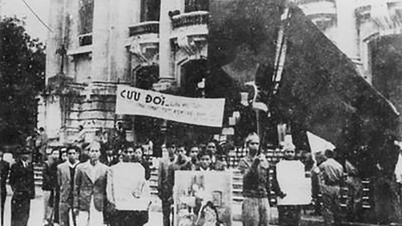
























































Comment (0)